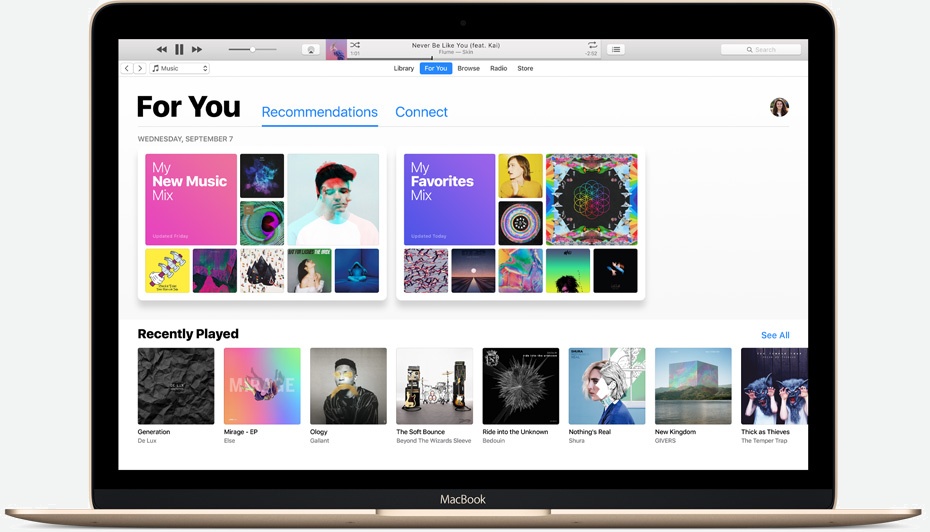

In 2020, Apple began the Apple silicon transition, using self-designed, 64-bit ARM-based Apple M1 processors on new Mac computers.

In 2006, Apple transitioned to the Intel architecture with a line of Macs using Intel Core processors. MacOS has supported three major processor architectures, beginning with PowerPC-based Macs in 1999. After sixteen distinct versions of macOS 10, macOS Big Sur was presented as version 11 in 2020, and macOS Monterey was presented as version 12 in 2021. Apple shortened the name to "OS X" in 2012 and then changed it to "macOS" in 2016 to align with the branding of Apple's other operating systems, iOS, watchOS, and tvOS.
#Iphoto mac os 10.9.5 mac os x
Ī prominent part of macOS's original brand identity was the use of Roman numeral X, pronounced "ten" as in Mac OS X and also the iPhone X, as well as code naming each release after species of big cats, or places within California. Apple's mobile operating system, iOS, has been considered a variant of macOS. All releases from Mac OS X 10.5 Leopard and after are UNIX 03 certified, with an exception for OS X 10.7 Lion. The first desktop version, Mac OS X 10.0, was released in March 2001, with its first update, 10.1, arriving later that year. During this time, Apple cofounder Steve Jobs had left Apple and started another company, NeXT, developing the NeXTSTEP platform that would later be acquired by Apple to form the basis of macOS. MacOS succeeded the classic Mac OS, a Macintosh operating system with nine releases from 1984 to 1999. Within the market of desktop and laptop computers it is the second most widely used desktop OS, after Microsoft Windows and ahead of Chrome OS.

It is the primary operating system for Apple's Mac computers. MacOS ( / ˌ m æ k oʊ ˈ ɛ s/ previously Mac OS X and later OS X) is a proprietary graphical operating system developed and marketed by Apple Inc.


 0 kommentar(er)
0 kommentar(er)
